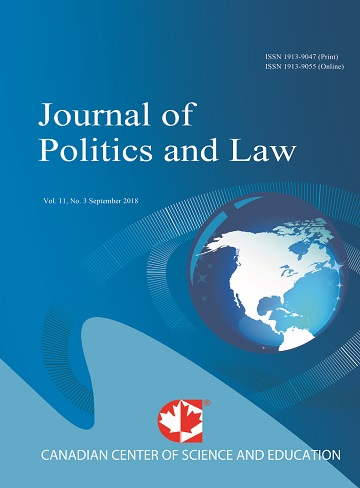The Existing Legislative, Administrative and Policy Framework for the Mangrove Biodiversity Management & Conservation in Malaysia
- Wan Izatul Wan Talaat
- Norhayati Tahir
- Mohd Husain
Abstract
The pertinent roles of mangroves have been clearly recognised particularly after the 2004 tsunami. Lots of interests have been created on the importance of sustainable management of mangrove biodiversity, which plays an important role to the environment as well as in the socio-economic growth in coastal zones. As the world’s fifth largest, Malaysian mangroves are facing threats from anthropogenic activities such as deforestation, aquaculture, pollution run off and land development. A signatory to both the Convention of Biological Diversity and UNCLOS, Malaysia has to develop national strategies, plans and programmes by taking legislative, administrative and policy (LAP) measures for the conservation and sustainable use of mangrove biodiversity outlined by these two conventions. Sustainable management of mangrove biodiversity requires proper and effective LAP framework including clear allotment of jurisdictional boundaries between the various departments involved. The existing LAP framework in the management of mangrove biodiversity was examined where three problems were found to hinder the sustainable management of mangrove biodiversity in Malaysia namely the unclear policies, segmented laws and overlapping administrative jurisdictions. These problems collectively contribute to the insufficiency of the existing LAP framework to provide for the sustainable management of mangrove biodiversity in Malaysia.- Full Text:
 PDF
PDF
- DOI:10.5539/jpl.v5n1p180
Journal Metrics
h-index (2017): 14
i10-index (2017): 39
h5-index (2017): 9
h5-median (2017): 11
Index
- Academic Journals Database
- ACNP
- ANVUR (Italian National Agency for the Evaluation of Universities and Research Institutes)
- Berkeley Library
- CNKI Scholar
- COPAC
- CrossRef
- DTU Library
- EBSCOhost
- Elektronische Zeitschriftenbibliothek (EZB)
- EuroPub Database
- Excellence in Research for Australia (ERA)
- Genamics JournalSeek
- GETIT@YALE (Yale University Library)
- Ghent University Library
- Google Scholar
- Harvard Library
- HeinOnline
- INDEX ISLAMICUS
- Infotrieve
- Jisc Library Hub Discover
- JournalGuide
- JournalTOCs
- LOCKSS
- MIAR
- Mir@bel
- NewJour
- Norwegian Centre for Research Data (NSD)
- Open J-Gate
- PKP Open Archives Harvester
- Publons
- Pubmed journal list
- RePEc
- ROAD
- Scilit
- SHERPA/RoMEO
- Standard Periodical Directory
- Stanford Libraries
- UCR Library
- Ulrich's
- UniCat
- Universe Digital Library
- UoS Library
- WorldCat
- Zeitschriften Daten Bank (ZDB)
Contact
- William TaiEditorial Assistant
- jpl@ccsenet.org
